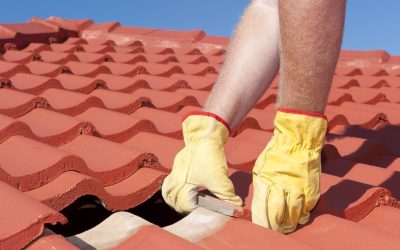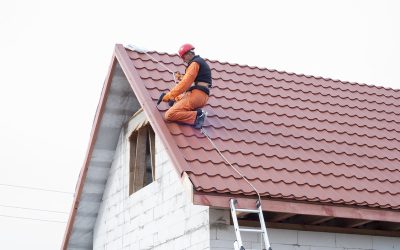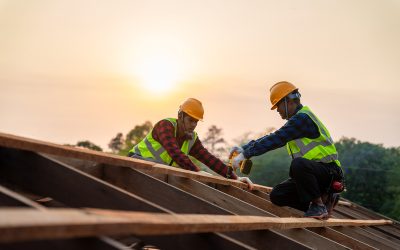Homeowners should watch for signs their house is in need of roof repair in Honolulu. That doesn’t mean they have to scour all ceiling corners of each room after it rains, but they should remain alert to possible indications of trouble after heavy rains or strong winds. In addition, paying attention to seemingly unrelated factors can point to a need for help from a roofing contractor.
Leaks
A sign of a leaking roof is the most common reason people call for Roof Repair in Honolulu. The most obvious evidence includes stains or wet spots on a hard ceiling or ceiling tile, or water dripping down a wall from the area where the wall meets the ceiling. It’s even possible for water to accumulate on the floor or drip onto furniture without any of the home’s residents noticing the ceiling had been leaking. That may occur when everyone is gone during a rainstorm. Repair work may involve replacing shingles, fixing a hole in the wood under the shingles, adding tar around the flashing or filling cracks that have developed in the chimney.
Missing Shingles
High winds, especially straight-line winds, can blow shingles off a roof and leave the underlying wood vulnerable to damage. This is particularly likely when the roof is old and the shingles may have come a bit loose over time. Sometimes, the only sign is a few shingles or pieces of the material lying around the yard after a storm.
A contractor such as David’s Custom Roofing can evaluate the situation and determine how many shingles need to be replaced. If the damage is extensive, the homeowners may want to consider having their insurance pay for repairs. Contact David’s Custom Roofing & Painting Inc to set an appointment.
Higher Cooling Costs
If there is no other explanation for the electric bills becoming noticeably higher during the summer than was true before, there may be excess heat buildup in the attic or loss of cool air through the roof to the outside. That could be resulting from a flaw that has developed in the roof or from problems with ventilation in the upper part of the building. Fiberglass insulation may have come loose, allowing warm air to enter.


